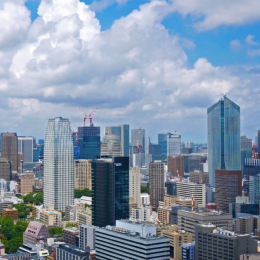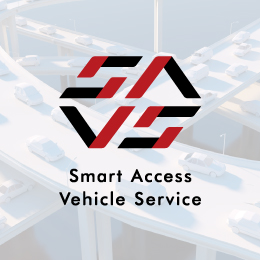SDGs
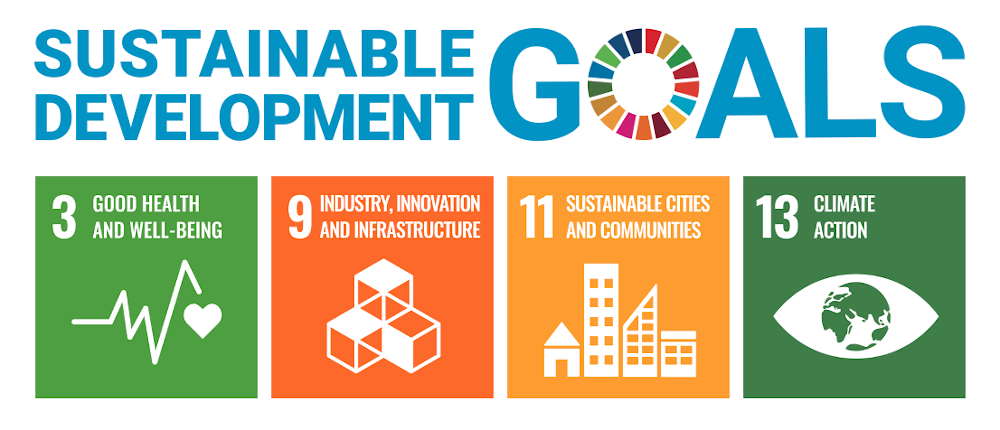
3. GOOD HEALTH AND WELL-BEING
9. INDUSTRY, INNOVATION AND INFRASTRUCTURE
11. SUSTAINABLE CITIES AND COMMUNITIES
13. CLIMATE ACTION
MISSION
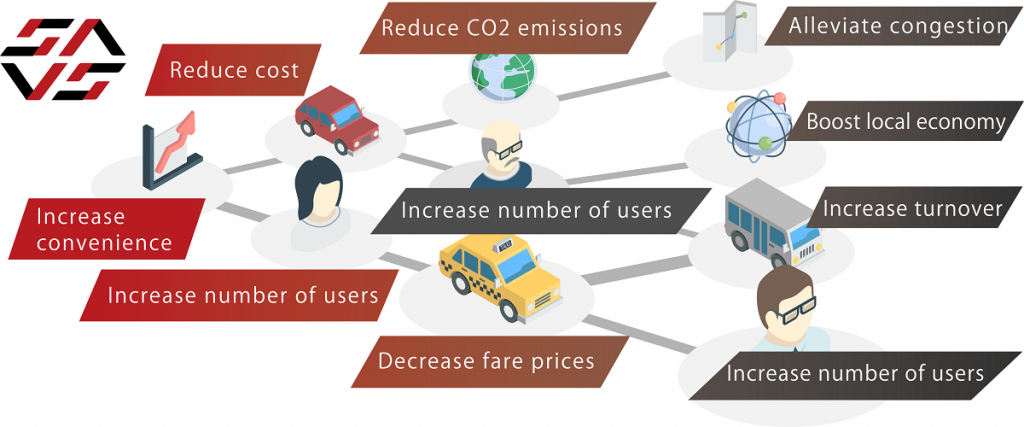
011 Towards solving the issues of current public transportation
Problem solving for transportation operators -Provision of an efficient means of vehicle dispatch-
By reducing the running of vehicles with no passengers and increasing the number of people transported by a single vehicle, we make improvements regarding both reduction of essential cost and increase in users. We alter the conventional customs of transportation, such as having fixed services that run to a schedule, relying on intuition and experience to search for customers, or waiting for customers outside stations etc., and instead we provide a service in accordance with actual demand.
Problem solving for users -Elimination of usage disparity between means of travel-
We realize public transportation that can be used more conveniently and more simply. We eliminate the disparity in the usage of means of travel, which arises from what areas people live in, their ages or incomes, and we protect the means of transportation that maintain local communities and support healthy lifestyle.
Problem solving for society -Environmental preservation, stimulation of local economy-
We contribute to environmental preservation, such as reduction of CO2 emissions, by reducing the number of cars occupying the road network. We make people’s movement more active and promote stimulation of local economies.
02Creation of a new service that makes use of public transportation infrastructure
By providing an optimized mode of transportation via a cloud platform, we promote the combination of various services and means of travel. We improve the quality of every kind of service, from distribution/delivery, to healthcare/nursing, transportation to and from school or work, and tourism.
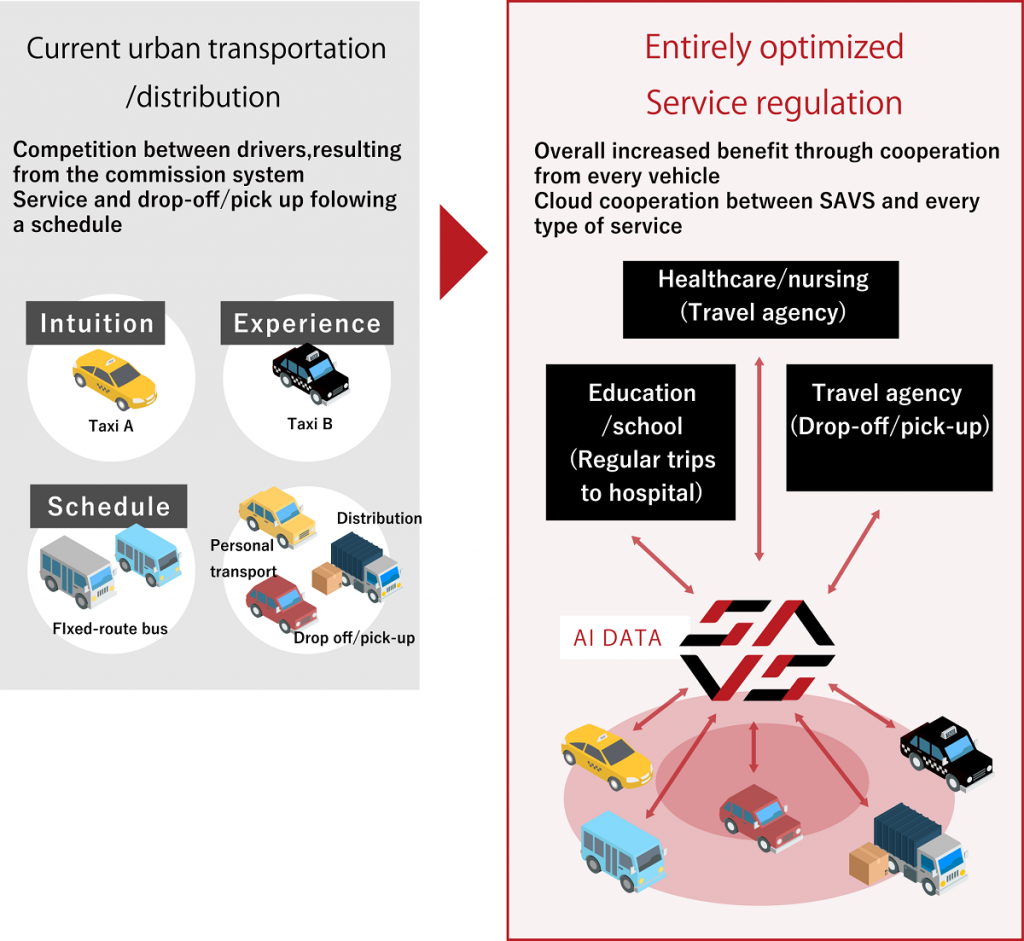
MESSAGE
It feels like the term Mobility as a Service has really become widespread over the past year. MaaS was originally a term used in a master’s thesis from Aalto University in Finland and was a proposal for a mobility service that integrated various existing means of travel (train, bus, taxi, bicycle, rental car etc.). Lately, you often hear the phrase ‘X as a Service’. A certain person said that this means using X without possessing it, and I think that’s an easily understandable definition. It means using only mobility (means of travel) without owning a vehicle.
In Japan, as a new form of mobility, ‘communal riding’, ‘combined riding’ or ‘ride-sharing’ have been proposed. With Prime Minister Abe’s statements towards introducing ‘ride-share taxis’, and the impetus of the 2020 Olympics, it feels as though ride-sharing will rapidly be realized. In Japan, this concept is expressed in various terms, all of which, it is important to note, represent different concepts despite their seeming similarity. ‘Communal riding’ refers to the typical state of bus or train services and can also exceptionally be extended to taxis; it is a concept decided by the Road Transportation Law. ‘Combined riding’ originally referred to when people at a train station or taxi rank voluntarily formed a group to share a taxi ride, but recently it also takes the form of passengers being matched by a system. For ‘combined riding’ it is necessary to complete matching before passengers get into the vehicle. ‘Ride sharing’ largely seems to refer to ride-share type unlicensed taxis, as represented by UberPool etc.
What Mirai Share Co., Ltd. is aiming for is a more flexible system, thus we have named our system ‘real-time ridesharing’ (binjo), to avoid confusion with the aforementioned concepts. In Japanese, ‘binjo’ carries with it a nuance of getting a ride for free, but, according to the seventh edition of the Koujien Japanese Dictionary, ‘binjo’ is ‘using another person’s vehicle and incidentally sharing a ride. Using a vehicle at one’s convenience’. It is an arrangement by which a vehicle will come whenever called, the passenger can get on immediately, and other people may also get in and share the ride partway through the journey. This system aims to improve mobility by replacing all public transportation, including in major cities.
Mirai Share Co., Ltd. was first established with the motive of solving the problems with public transportation in Hakodate city. In Hakodate, as it seems is the case in other towns, although some routes have many passengers, there are also a lot of bus routes with few passengers. Bus companies with few passengers have no choice but to reduce the number of buses, yet doing so causes inconvenience, which in turn results in fewer passengers and leads to a further reduction in the number of buses. In other words, such companies get caught in a downward spiral.
In underpopulated areas, the local governments are securing bus routes by subsidizing them, but unfortunately few people are using those buses. With no passengers, bus driving has even been expressed by some as ‘transporting air’. Hakodate has a large number of taxi companies that will transport you from your current location to your destination, which is very convenient, but the cost is too expensive for daily use, as it is in other cities too. Due to the progression of extreme ageing, there are increasingly more citizens of an age at which it is preferable to avoid driving, however, because public transportation such as buses and taxis (and trams, in the case of Hakodate) is not convenient, it is difficult for elderly people to give up driving.This is because, unless they drive, the elderly cannot go shopping or to hospital appointments. The majority of citizens travel in personal vehicles; the passengers on fixed-route buses largely consist of children going to and from school, and elderly people. Most working people use their own cars and thus do not have an actual sense of public transportation being very inconvenient. In particular, the inconvenience of fixed-route buses in winter, when the snow is piled up, is beyond words, yet I think the people involved in decision-making in Hakodate don’t really realize that. I have been living in Hakodate for almost 20 years and, unusually for a resident of this city, I have continued to travel, including to and from work, by public transportation, without using a personal car. Accordingly, I have a real feeling that the state of Hakodate’s public transportation is growing worse each year. I think that if we don’t make public transportation easier to use, Hakodate cannot continue to exist as a town.
With this in mind, I originally developed SAVS and set up this company to solve the problems with public transportation in Hakodate City, but as development progressed, I realized that SAVS could be effective not only in towns like Hakodate, but also in underpopulated areas and big cities too. If SAVS renders public transportation more efficient, the number of cars (in other words, the number of drivers) can also be decreased, which links to resolving labor shortage and congestion. The internet has revolutionized the way information travels, and now SAVS wishes to revolutionize the way people (and things) travel.
“I want to fundamentally change the way people and things travel.”
This is the wish shared not only by those involved with Mirai Share, but also the researchers who have tackled the application of AI to transportation, the engineers involved in the development of SAVS, and the administration staff.
When we sought to have a computer produce an optimum operation method, free from regulations, conventions and assumptions, and the constraints of existing public transportation or shipping, it was at the start of the year 2000 that an answer appeared that overturned common practice. This was the origin of SAVS. After that, what we came to see during our efforts in social experiments from 2013-2015, was that transportation is a means and not an end; that what we ought to aim for is not the improvement of ‘transportation’, but a revolution in mobility. This is the ideology symbolized by MaaS as it is now.
The ideal held by SAVS is the realization of a society in which travel objectives can be achieved, even if you don’t own a car, or you part with your car. Our aim is to provide a mobility platform to maintain transportation infrastructure that supports a safe, stable, pleasant society, by creating more chances for people to go out, maintaining healthy lifestyle and local communities, and enabling free and uninhibited tourism and evacuation in case of disaster. On the other hand, in proportion to the stimulation of people’s movement and the concentration of demand, various problems will be caused, such as an increase in running vehicles leading to traffic congestion, increased accident rate, increased CO2 emissions, and a lack of drivers. To meet the maximum of travel demands with the minimum of essential vehicles, it is necessary to judge instantaneously what is appropriate regarding what vehicle should be used and who, and in what order, it should pick up and drop off. SAVS tackles this difficult problem using the superb features of AI. By means of this core technology, our goal is to construct optimum transportation at city level.
In 2016, Mirai Share was established on the foundations of a long period of research. Since its establishment, we have come into contact with the painful problems of transportation in every region of Japan. We aim to confront these social problems seriously, solve them, and realize a society where no one has trouble with mobility.
Furthermore, we have been fortunate enough to meet many people who have a great number of ideas, future visions, dreams and ideals inspired by SAVS. We are a start-up company with technology being our sole asset, but in this age, which is being called the mobility revolution, we earnestly wish to cultivate, along with all our supporters, a project that will leave a footprint that still remains 50 years later, 100 years later.
CAREER
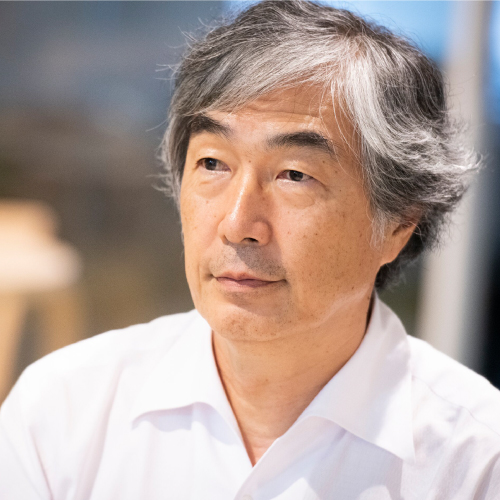 CEO
Sapporo City University President
Future University Hakodate Honorary president
CEO
Sapporo City University President
Future University Hakodate Honorary president
Hideyuki NAKASHIMA
| 2018 | Sapporo City University President |
|---|---|
| 2016 | The University of Tokyo, Graduate School of Information Science and Technology, Post-graduate Course Intelligent Machine Informatics Major Cutting-edge Artificial Intelligence Education Donation Course, Specially-appointed Professor |
| 2016 | Future University Hakodate Honorary president/honorary professor/specially-appointed professor |
| 2008 | Future University Hakodate Board Chairman (-2016) |
| 2004 | Future University Hakodate President (-2016) |
| 2001 | AIST Head of Cyber Assist Research Center |
| 1983 | Admission to Ministry of Economy, Trade and Industry, Industrial Technology Office, Electronic Technology Institute for General Research (now: The Industrial Technology Institute for General Research) |
| 1983 | Completion of Doctoral Course at The University of Tokyo, Graduate School of Information Engineering Major Doctor of Information Engineering |
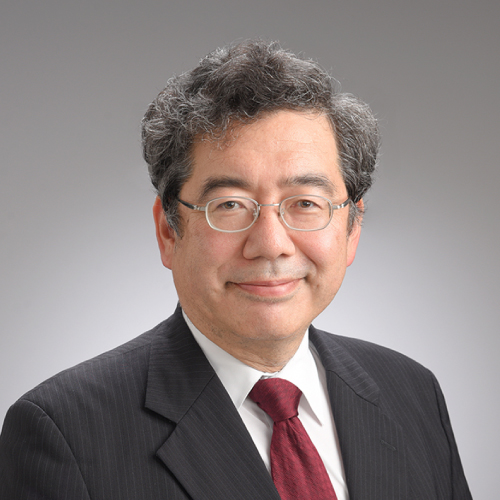 CEO
The University of Tokyo Graduate School of Information Science and Technology, Professor
Future University Hakodate, Specially-appointed Professor
CEO
The University of Tokyo Graduate School of Information Science and Technology, Professor
Future University Hakodate, Specially-appointed Professor
Hitoshi MATSUBARA
| 2020 | The University of Tokyo Graduate School of Information Science and Technology Professor |
|---|---|
| 2016 | Future University Hakodate, Deputy Board Chairman |
| 2014 | The Japanese Society for Artificial Intelligence, Chairman |
| 2011 | Inauguration as NPO Smart City Hakodate Board Chairman (additional post) |
| 2000 | Future University Hakodate, Department of System Informatics, Professor |
| 1986 | Admission to Ministry of Economy, Trade and Industry, Industrial Technology Office, Electronic Technology Institute for General Research (now: The Industrial Technology Institute for General Research) |
| 1986 | Completion of Doctoral Course at The University of Tokyo Graduate School, Information Science and Technology Major Doctor of Engineering |
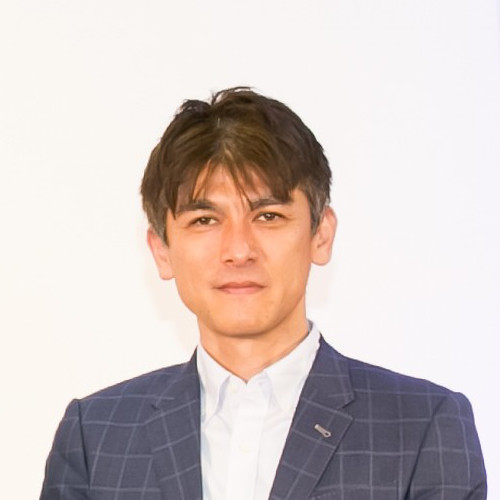 Representative Director
Representative Director
Wataru MATSUDATE
| 2020 | Ekitan & Co., Ltd. inauguration as an outside board member |
|---|---|
| 2017 | Establishment of Hakodate Laboratory, Ltd., inauguration as Managing Director |
| 2016 | Establishment of Mirai Share Ltd., inauguration as Managing Director |
| 2013 | Collaboration in Future University Hakodate Research Project |
| 2008 | Establishment of Hakodate office of atWare Ltd., inauguration as Head of Office |
| 2004 | Establishment of atWare Ltd., inauguration as Company Director |
| 1996 | Graduation from Aoyama Gakuin University, Department of Science and Engineering |
COMPANY
| Company Name | Mirai Share Co., Ltd. |
|---|---|
| Establishment | 21 July 2016 |
| Location of Head Office | Mansho building 1F, 2-7-21 Mihara, Hakodate-city, Hokkaido, 041-0806 Japan |
| Yokohama Office | Ocean gate Minato Mirai 8F, 3-7-1 Minato Mirai, Nishi-ku, Yokohama-city, Kanagawa, 220-0012 Japan |
| Telephone number | 050-8880-0808 |
| Common stock | ¥92,000,000 |
| Board members | CEO Hitoshi Matsubara Professor of The University of Tokyo Graduate School of Information Science and Technology Specially-appointed Professor of Future University Hakodate Doctor of Engineering CEO Hideyuki Nakashima President of Sapporo City University Honorary President of Future University Hakodate Doctor of Engineering Representative Director Wataru Matudate Company Director of atWare, Inc. Director Keiji HIRATA Vice-president of Future University Hakodate Doctor of Engineering Director Itsuki Noda General Research Manager at the AIST Artificial Intelligence Research Center Doctor (Engineering) Director Ryo Kanamori Specially-appointed professor at Nagoya University Mobility Society Research Office Doctor (Engineering) Director Ryuichi Iwamura Chairman of Board of Directors at Community Taxi Inc. Auditor Takashi Makino Managing Director of atWare Inc. |
| Our business | “Research and development of central systems that control each vehicle’s running routes Provision of running routes to autonomous cars, shared-transportation vehicles, on-demand vehicles, and logistics vehicles” |

